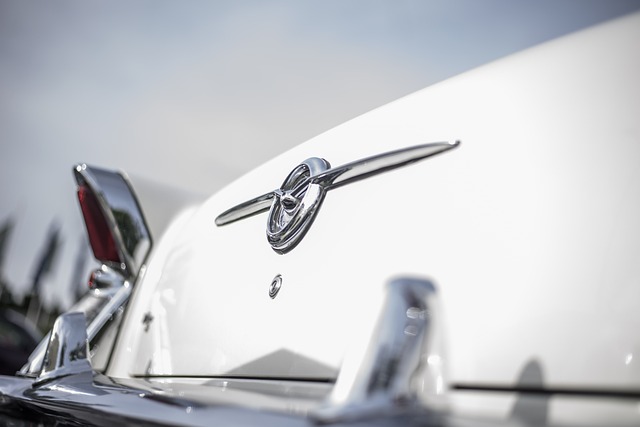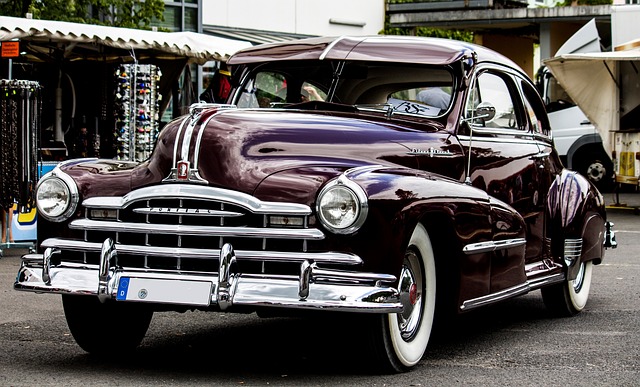Transporting classic or vintage cars across country requires meticulous preparation: a thorough inspection, proper documentation, climate-controlled shipping containers, and secure padding/restraints. These steps safeguard intricate details, specialized parts, and mechanical systems from damage during transit, ensuring the safe delivery of your cherished vehicles. Remember to complete detailed registration forms with critical documents for legal compliance and a seamless shipping experience when moving classic and vintage cars interstate.
Shipping classic or vintage cars across country can be a dream come true for car enthusiasts, but it comes with unique challenges. Ensure a safe journey for your cherished vehicle by understanding the intricacies of the process. This guide provides essential tips on preparing your classic/vintage car for transport, choosing between open and enclosed carriers, tracking delivery, and post-delivery care. Mastering these aspects is crucial for preserving the condition of your precious automobile during shipping.
- Preparing Your Classic or Vintage Car for Transport
- – Inspection and maintenance checklist
- – Documentation and registration process
Preparing Your Classic or Vintage Car for Transport

When preparing your classic or vintage car for cross-country transport, it’s crucial to approach the process with care and expertise. Shipping classic and vintage cars requires a deep understanding of their unique needs. Begin by conducting a thorough inspection, addressing any mechanical issues or repairs needed before the journey. These vehicles often have intricate details and specialized parts, so ensuring they’re in optimal condition is essential for safe transport.
Consider climate control as an important factor. Vintage cars may not have modern heating or cooling systems, so using climate-controlled shipping containers can protect them from extreme temperatures during transit. Additionally, padding and securing the vehicle properly inside the transport vehicle is vital to prevent damage during rough roads. This includes using specialized car covers and restraints to safeguard their delicate finishes and structures.
– Inspection and maintenance checklist

When preparing your classic or vintage car for cross-country transport, a thorough inspection and maintenance checklist is non-negotiable. Start by checking all fluids—brake fluid, engine oil, coolant, power steering, and transmission—ensuring they are at the recommended levels. Verify that tires are in good condition, with adequate tread depth and proper pressure, as this significantly reduces the risk of punctures during transit.
Inspect your vehicle’s lights, indicators, and horns for optimal visibility and safety. Ensure all mechanical components, including belts, hoses, and batteries, are in working order to prevent breakdowns. A detailed inspection also includes verifying the condition of your car’s underbody, looking for any signs of damage or wear that could compromise stability during transport. Regular maintenance ensures a smoother journey and peace of mind when shipping your cherished classic or vintage vehicle across the country.
– Documentation and registration process

When shipping classic or vintage cars cross-country, proper documentation is key for a smooth journey. Before transporting your prized possession, ensure all paperwork is in order. This includes completing a detailed vehicle registration form that outlines the car’s make, model, year, and any unique features. Additionally, gather essential documents like the title, proof of insurance, and a current vehicle inspection report. These documents not only verify the authenticity of your car but also provide crucial information for tracking and security during transit.
The registration process involves submitting these documents to a reputable shipping company specializing in classic car transport. They will review and process the paperwork, ensuring compliance with state and federal regulations. This step is vital to avoid any legal issues and ensures your vintage vehicle is legally registered for interstate travel, making the cross-country journey much smoother.
When shipping classic and vintage cars, proper preparation ensures a safe journey. By following this guide’s essential tips—from conducting thorough inspections and maintaining documentation to understanding the registration process—you’ll navigate the process with confidence. Remember, meticulous planning is key to protecting these precious vehicles during cross-country transport.
